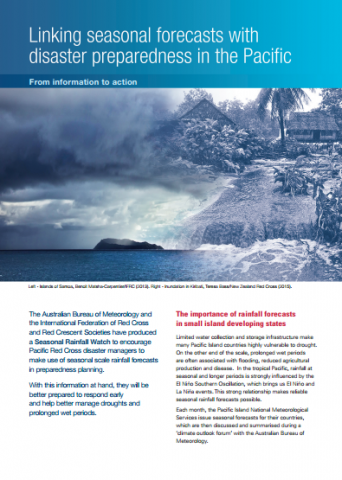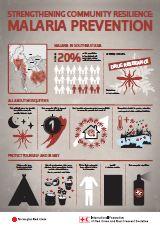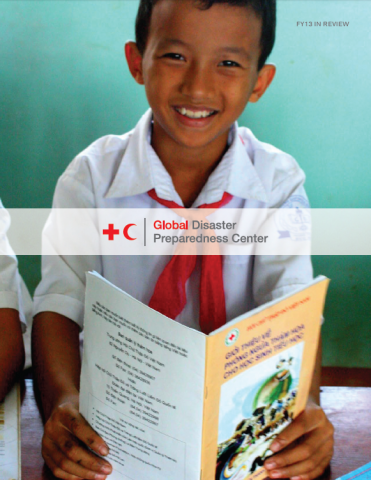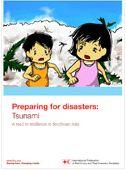Urban disasters, conflict and violence: implications for humanitarian work
Elizabeth Ferris, Co-Director of the Brookings-LSE Project on Internal Displacement, remarks on the intersection between violence and disasters, and its implications for humanitarian response in urban settings. She cites the experiences and challenges of ICRC and other humanitarian organizations in addressing interpersonal and gang-related violence in post-disaster urban settings. She concludes by posing broader and […]
Urban disasters, conflict and violence: implications for humanitarian work Read More »





